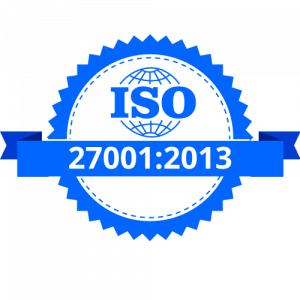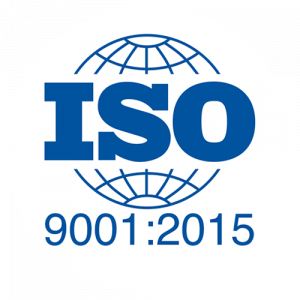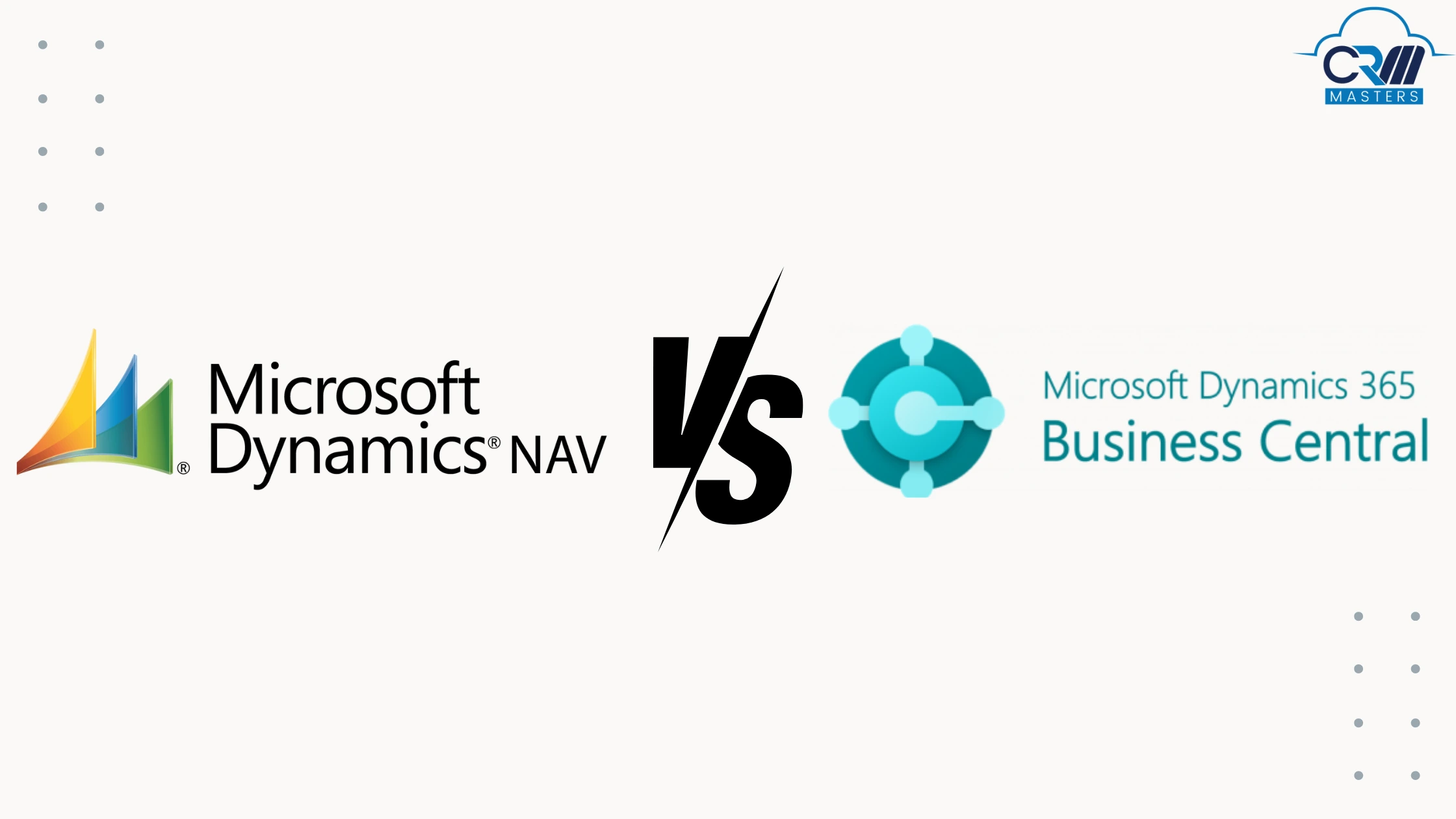
Microsoft Dynamics NAV Vs Dynamics 365 Business Central: Key Differences
When businesses look for an enterprise resource planning (ERP) solution, Microsoft Dynamics is commonly listed among the top options. Dynamics NAV and Dynamics 365 Business Central are among the most common Microsoft Dynamics solutions. Although they have a number of the same functionalities, they also come with different features and benefits and knowing what differentiates these two products will help you determine what works best for your company. This blog will explore Dynamics NAV Vs Dynamics 365 Business Central and explain what makes each solution unique and the significant differences.
What is Microsoft Dynamics NAV?
Microsoft Dynamics NAV (Navision) is an ERP system that was founded in the mid-1980s with powerful tools to handle finance, supply chain, manufacturing, operations, etc. Dynamics NAV has a reputation for its flexibility and ability to be tailored to fit specific business needs. With a rich feature set, it is a scalable and flexible option, ideal for SMBs across different verticals such as services, manufacturing, and retail.
Benefits of Microsoft Dynamics NAV
1. Customization and Flexibility

Businesses can customize their designs free of restriction according to their needs through Dynamics NAV, which is suitable for companies that have unique business processes.
2. Advanced Financial Management
It provides robust tools for accounting, financial reporting and analysis.
3. Inventory and Supply Chain Management

It streamlines procurement, inventory and warehouse management, lowering operational costs and inefficiencies.
4. On-premise Deployment
Dynamics NAV enables on-premise deployment, giving businesses full control over their IT infrastructure.
5. Multi-currency and Multi-language Support

Microsoft Dynamics NAV provides global operations and support who want to expand their business for multiple currencies and languages.
What is Microsoft Dynamics 365 Business Central?
Dynamics 365 Business Central is the cloud version of Dynamics NAV. Released in 2018, it is a component of the Microsoft Dynamics 365 collection of applications, aimed at delivering a complete enterprise management experience for small and mid-sized businesses. Business Central includes all of the functionality of Dynamics NAV but also adds cloud computing capabilities.
Business Central provides an all-in-one ERP solution that encompasses finance, sales, customer service, project management, and supply chain management functionality. Being cloud-based means you can get the information right, but wherever, which is a massive advantage over on-premise options.
Benefits of Microsoft Dynamics 365 Business Central
1. Cloud Integration
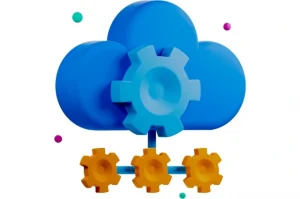
Business Central is a cloud-based solution, that allows businesses to quickly scale and access real-time data from anywhere with an internet connection.
2. Built-in AI and Automation
Business Central also provide AI-driven insights like copilot and automated workflows that promote better decision-making and operational efficiency.
3. Seamless Integration
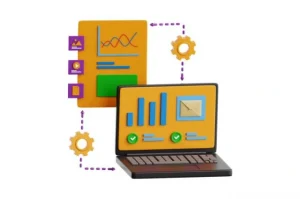
It integrates well with other Microsoft tools that provide a fluid and consistent interface.
4. Regular Updates
Business Central is a cloud service, it is updated automatically and new features are always being added — the system is constantly kept current with the most recent technologies.
5. Lower IT Overhead
Business Central does not require you to maintain complex IT infrastructure as it is hosted in the cloud by Microsoft.
Dynamics NAV Vs Dynamics 365 Business Central
The primary difference between Dynamics NAV and Dynamics 365 Business Central is Dynamics NAV is on-premise-based, while Dynamics 365 Business Central is entirely cloud-based. Let us learn more about their key differences:-
1. Deployment Model
Dynamics NAV has the private cloud or on-premise deployment which means businesses have control over their data and infrastructure.
Business Central has a cloud-based ERP solution that is easy to navigate giving more flexibility and productivity.
2. Cloud vs. On-Premise
NAV is more suited to businesses that prefer to maintain on-premise installations and want complete control over their IT systems.
As a cloud-based solution, Business Central provides access to real-time data, automatic updates, and reduced IT management overhead.
3. Seamless Integration
NAV is a standalone solution, though it can integrate with other Microsoft tools to some extent.
Business Central is fully integrated into the Microsoft ecosystem, offering seamless connections with Microsoft 365, Power BI, and other cloud-based Microsoft services.
4. Customization and Extensibility
NAV offers extensive customization options, allowing businesses to tailor the system according to their needs, including custom workflows and integrations.
Business Central offers customization through extensions available in Microsoft AppSource, but its flexibility is more controlled compared to NAV due to its cloud-based nature.
5. User Interface and Experience
The user interface in NAV can feel more traditional, as it was initially designed before cloud-based solutions became mainstream.
Business Central boasts a modern, user-friendly interface with role-based dashboards that make it easier to navigate, especially for users already familiar with Microsoft 365 applications.
6. Updates and Upgrades
Upgrades in NAV are manual and require significant effort from the IT department to implement new features or versions.
Being cloud-based, Business Central receives regular, automatic updates, ensuring your system is always running on the latest version with minimal disruption.
7. Pricing Model
The cost of implementing NAV can be high due to the need for on-premise infrastructure and custom development.
Business Central offers a subscription-based pricing model, making it more cost-effective for businesses that do not want to invest heavily in infrastructure and maintenance.
Why Migrate from Dynamics NAV to Business Central?
Before we talk about the steps, let’s briefly explore why businesses should consider migrating to Dynamics 365 Business Central
1. Cloud-Based Benefits
Business Central is cloud-based, providing easier access to real-time data and lower IT infrastructure costs.
2. Automatic Updates
With Business Central you get regular automatic updates and new features ensure your system stays current without manual upgrades.
3. Seamless Integration
With integration into the wider Microsoft ecosystem, Business Central works well with other tools like Microsoft 365 and Power BI.
4. Scalability and Flexibility
As your business grows, Business Central can easily scale and adapt to new requirements, with minimal IT overhead.
How to Migrate from Dynamics NAV to Dynamics 365 Business Central
Step 1: Plan and Prepare for Migration
The first step is to start planning for the migration. It helps you manage potential risks and challenges, ensuring a smooth transition.
Step 2: Choose the Right Deployment Option
When migrating to Business Central, you have several deployment options like Cloud, Hybrid, and On-Premise. Choose the deployment model according to your business needs, budget and strategy.
Step 3: Conduct a System Audit
Now conduct an audit of your current Dynamics NAV system. This helps ensure all necessary features and data will be transferred correctly.
Step 4: Set Up Your Business Central Environment
In the Deployment Model, You have to set up the Business Central environment.
Step 5: Data Migration
Data migration is the most critical phase of the transition process. This involves moving all your key business data (e.g., financial records, customer info, inventory) from Dynamics NAV to Business Central.
Step 6: Test and Validate the System
Once the data has been migrated and your business processes reconfigured, it’s time for system testing.
Step 7: Go Live and Monitor
After the right testing now you are ready to go live.
Step 8: Post-Go Live Support and Continuous Improvement
When migration is complete, it’s essential to provide ongoing support to your users.
Conclusion
Both Microsoft Dynamics NAV and Dynamics 365 Business Central offer robust ERP solutions, Business Central provides a more modern, cloud-based platform that is better suited for today’s dynamic business environment. With advanced features, seamless integration, and real-time insights, Business Central offers greater flexibility and scalability to help businesses stay competitive and drive growth.
CRM Master’s provides trusted Business Central services and ensures seamless integration, migration and consultation according to your business requirements.


